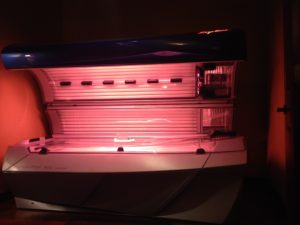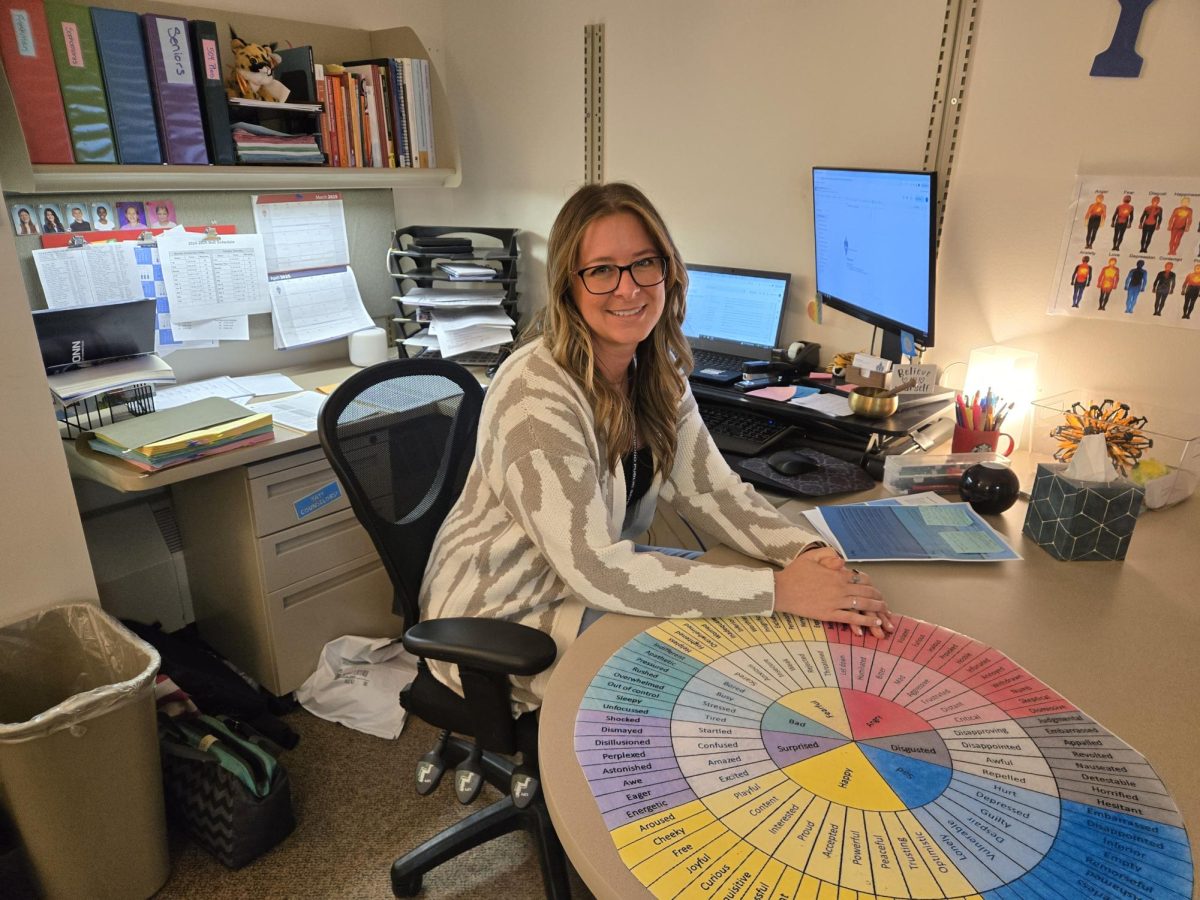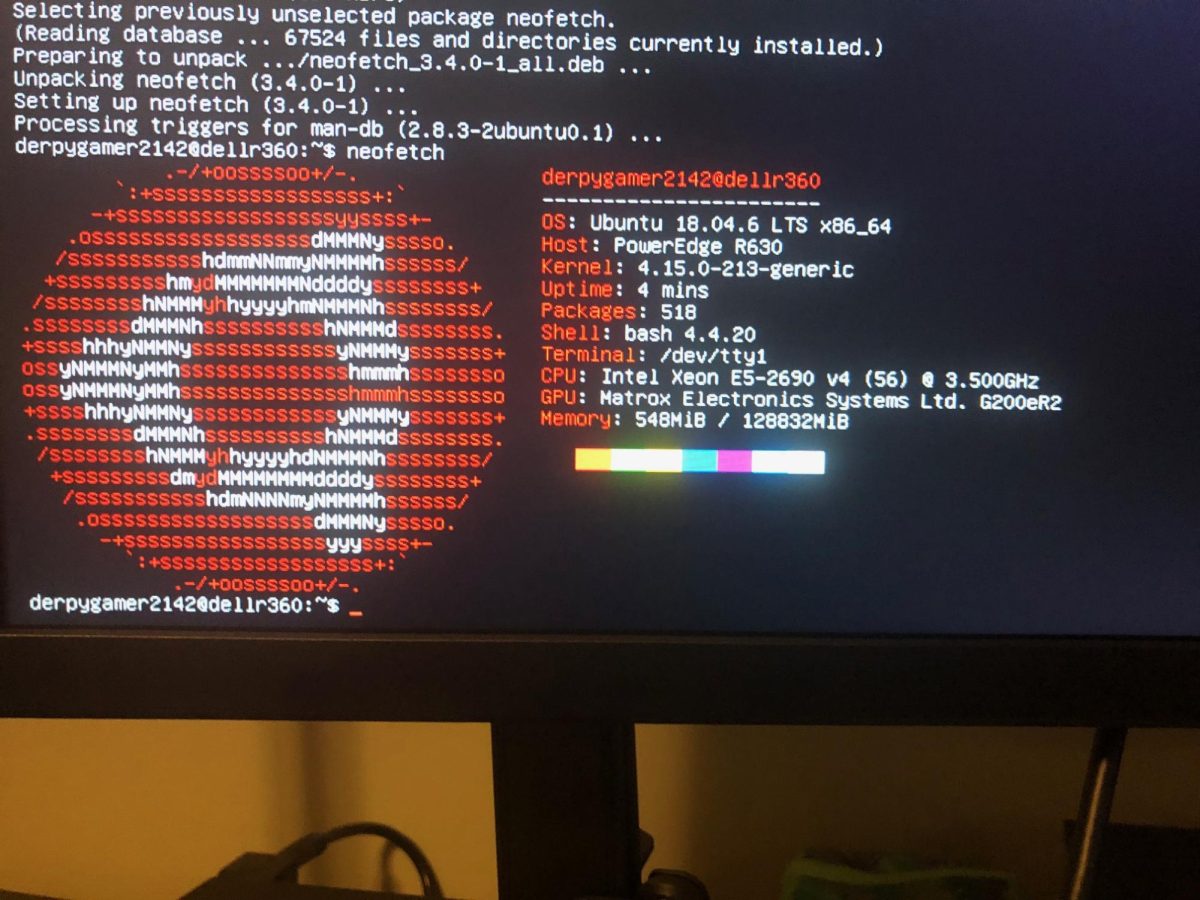Taming the myths about tanning
The truths about tanning.
With winter right around the corner and decreasing amounts of sunlight, the cold air makes some students feel tempted to go tanning.
The common belief among students is that tanning causes cancer. On a poll taken by 70 OHS students, 81 percent reported that they have never been tanning, while the other 19 percent have reported that they have been tanning.
According to the American Academy of Dermatology, however spokesperson Dr. James Spencer said, “We don’t have direct experimental evidence [that tanning causes cancer].”
Steven Q. Wang, MD member of The Skin Cancer Foundation, said “tanning bed use can lead to melanoma,” concluding that it can increase the chances of cancer if a person had overexposure, but doesn’t necessarily cause cancer.
The increase of melanoma cancer is dangerous in everyday dosages of tanning, and melanoma risk increases only by overexposure of UV rays.
Orono students said in the survey that tanning outside is better than tanning inside. The overexposure of both natural sunlight and the use of tanning beds increases the risk of cancer according to the Tanning Truth website .
In the same poll, 84 percent of students think tanning indoors is a waste of time and money.
“Too much of anything causes cancer. I prefer natural tanning because [tanning indoors is] a waste of money and I don’t need to [tan indoors],” junior Nicole Middendorf said.
However, people cannot live without vitamin D.
“Tanning in moderation is key,” senior Sabrina Repke, employee at Body Glow Tanning in Long Lake, said.
According to the Health Guidance website tanning indoors can benefit a person’s health. UV rays help treat skin conditions like dermatitis and psoriasis (eczema). Doctors sometimes would allow the use of tanning for treating these kinds of skin care problems.
“Since I’ve been tanning, my eczema has been better. My dermatologist said it was because of the UVB rays helping my skin,” junior Mia Doolittle said.
Tanning is not for everyone. According to the International Commission on Non-Ionizing Radiation Protection (ICNIRP), it is recommend that people who are: easy to burn, have sun-damaged skin, have moles, tend to freckle, have malignant skin lesions, wear makeup during tanning and/or take medications that enhance UV sensitivity should not tan.
“We have you take a survey before you tan so we have your skin type and that way we can put you in the correct bed, for the right amount of time,” Repke said. “Usually the first time you go [tanning], we recommend putting you in for about 5-6 minutes,” Repke said.
“Tanning is a personal choice and I believe that it’s your choice to go or not. I just wouldn’t tan because it’s not safe for me,” Middendorf said.



















































